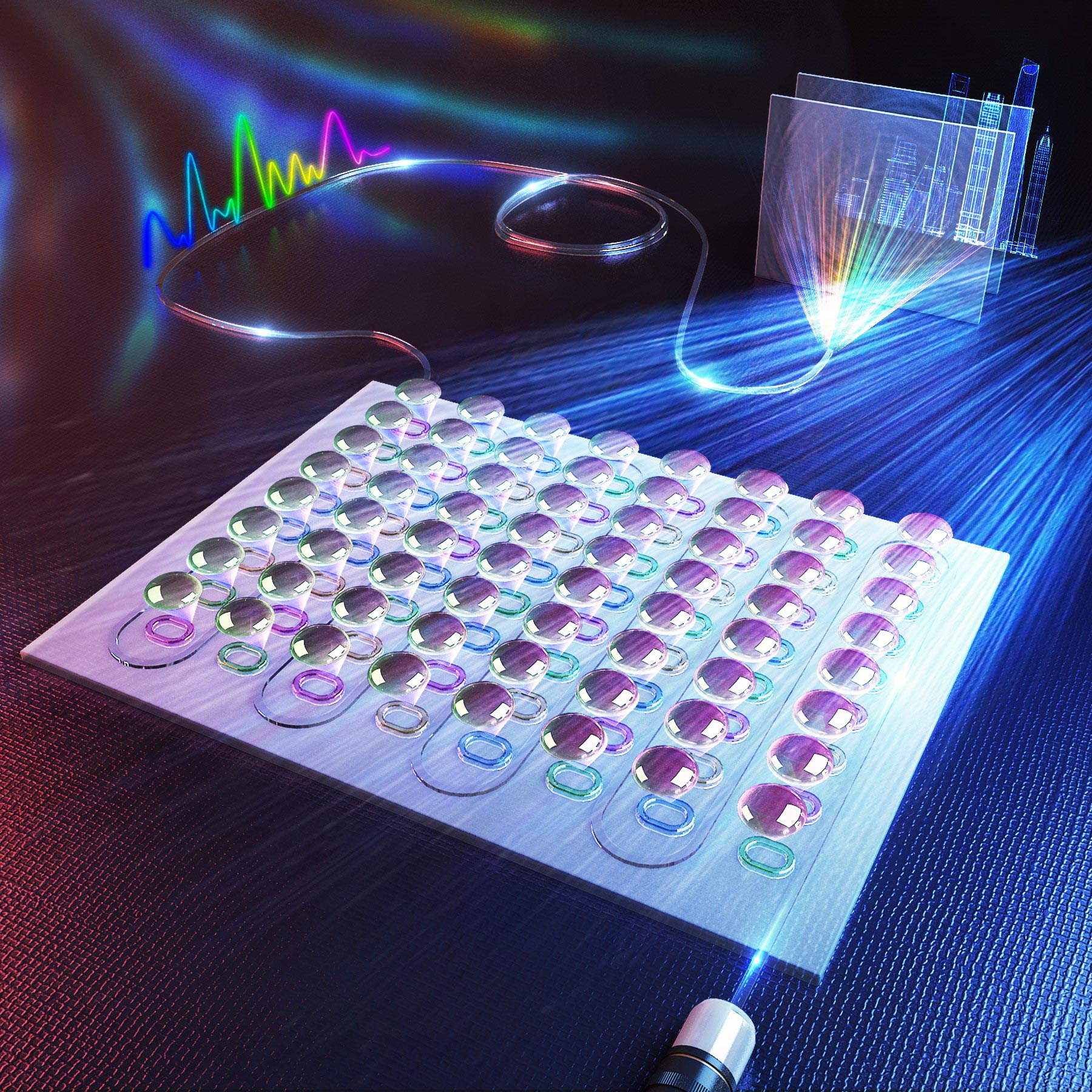Ultra-Compact Photonic AI Chip Unveiled for Edge Computing
Researchers have unveiled an ultra-compact photonic AI chip that uses light to perform rapid, energy-efficient computations, marking a major advance for edge computing in devices like smartphones and autonomous vehicles.

A team at the University of Shanghai for Science and Technology has introduced a groundbreaking ultra-compact AI chip that leverages photonics—using light rather than electricity—to process data, setting a new benchmark for speed and efficiency in edge computing. The chip, smaller than a grain of sand, is capable of executing complex AI algorithms at unprecedented speeds while consuming a fraction of the energy required by traditional electronic chips.
Revolutionizing Edge AI Performance
The new photonic chip addresses longstanding challenges in AI hardware, particularly the energy and latency bottlenecks that have limited the deployment of advanced AI models in edge devices such as smartphones, wearables, and autonomous vehicles. By transmitting and manipulating data via optical signals, the chip bypasses the heat and resistance issues of conventional electronics, enabling real-time inference and decision-making in compact, battery-powered devices. Early demonstrations show that photonic AI chips can achieve energy efficiencies up to 150–160 TOPS/W (trillion operations per second per watt), vastly outperforming leading-edge GPUs, which typically reach 20–30 TOPS/W. This leap in efficiency could reduce power draw by up to 90% and significantly lower the cost per AI query, making sophisticated AI accessible at the edge.
Industry Impact and Future Prospects
The unveiling of this chip comes amid a broader industry shift toward photonic computing, with startups and established chipmakers racing to commercialize optical AI accelerators for both datacenter and edge applications. Silicon photonics and co-packaged optics are emerging as architectural solutions to the growing demands of AI workloads, offering high bandwidth, low latency, and scalable performance-per-watt. The new chip’s compact design and energy profile make it particularly well-suited for edge deployment, where space and power constraints are critical. Experts forecast that photonic AI hardware will soon complement, and in some cases replace, traditional GPU-based systems, especially as AI inference increasingly moves closer to the data source.
The broader implications extend beyond consumer electronics. Sectors such as healthcare, industrial automation, and smart infrastructure stand to benefit from distributed, energy-efficient AI, enabling innovations from wearable health monitors to autonomous factory control systems. As AI hardware evolves, regulatory bodies and industry stakeholders are monitoring the integration of photonics to ensure security, reliability, and ethical deployment. With this breakthrough, the photonic AI chip represents a pivotal step toward a future where intelligent, connected devices operate seamlessly and sustainably at the edge.